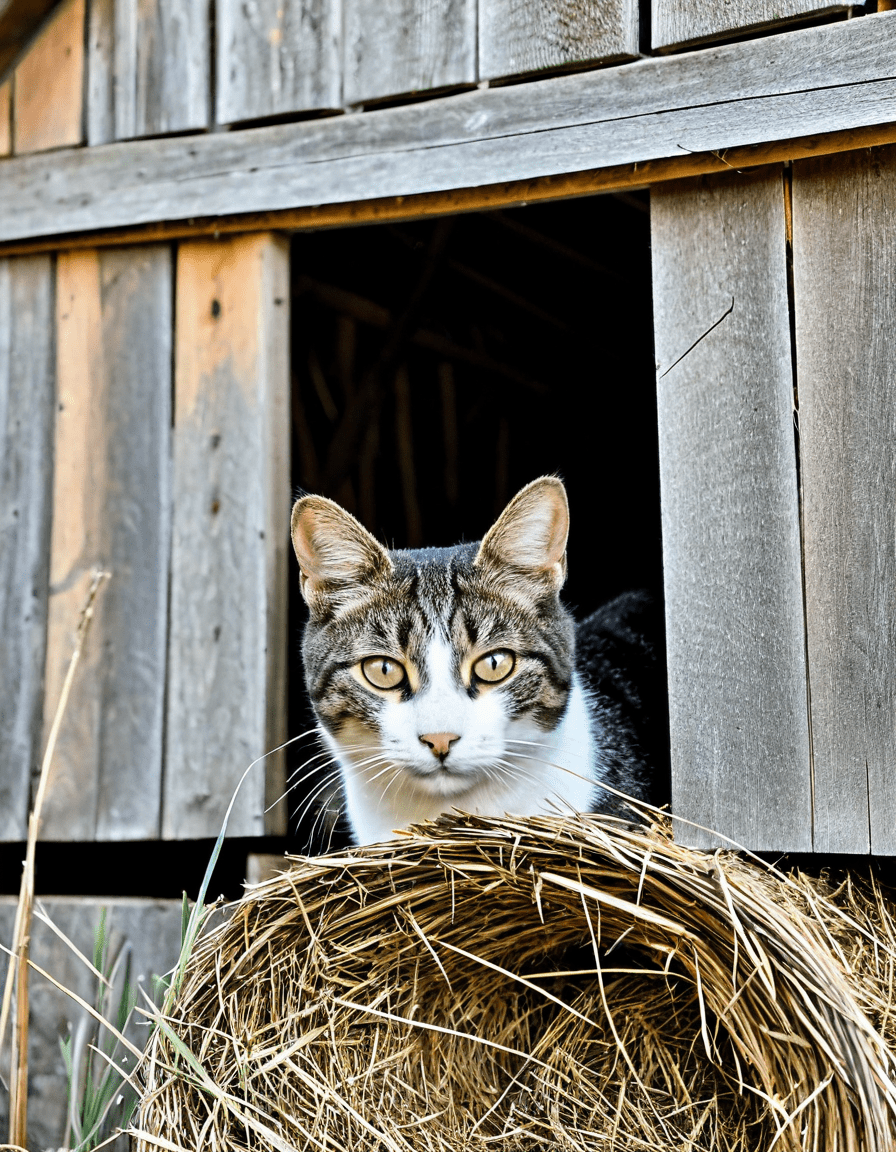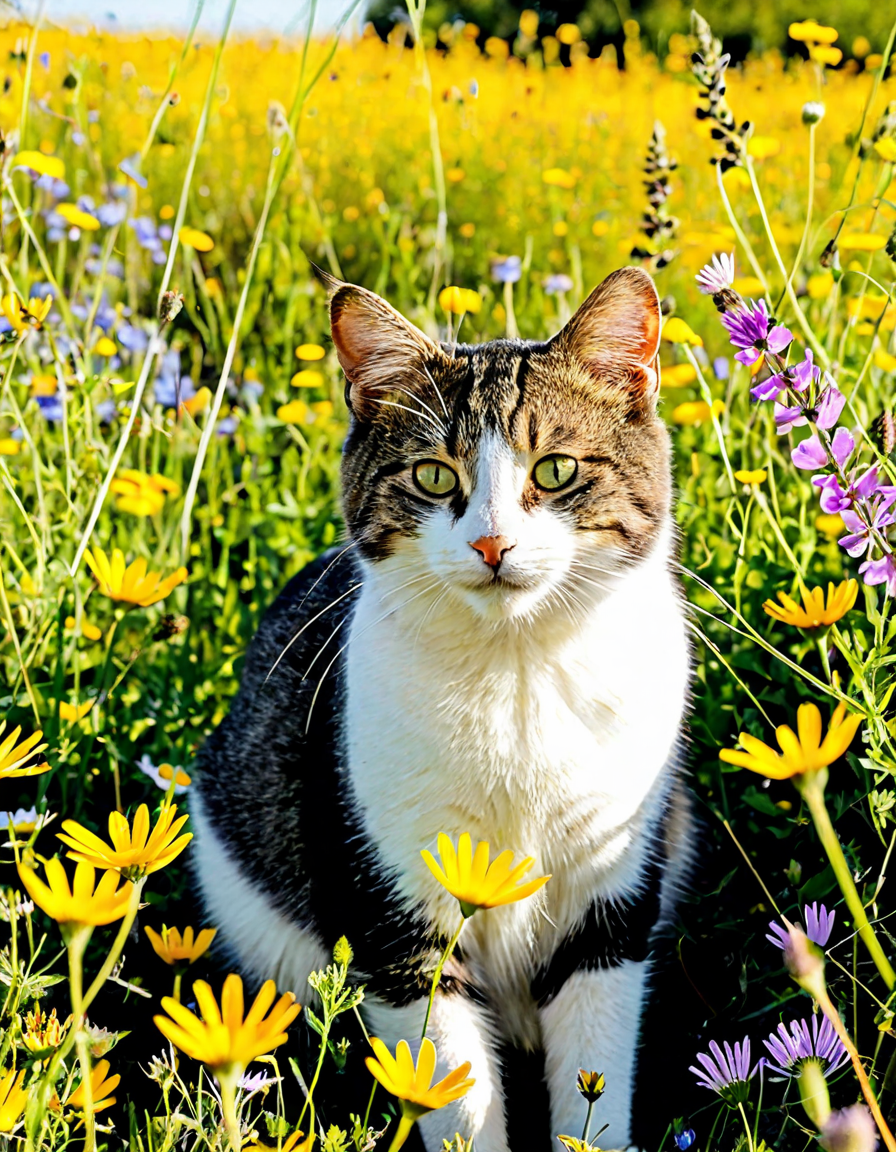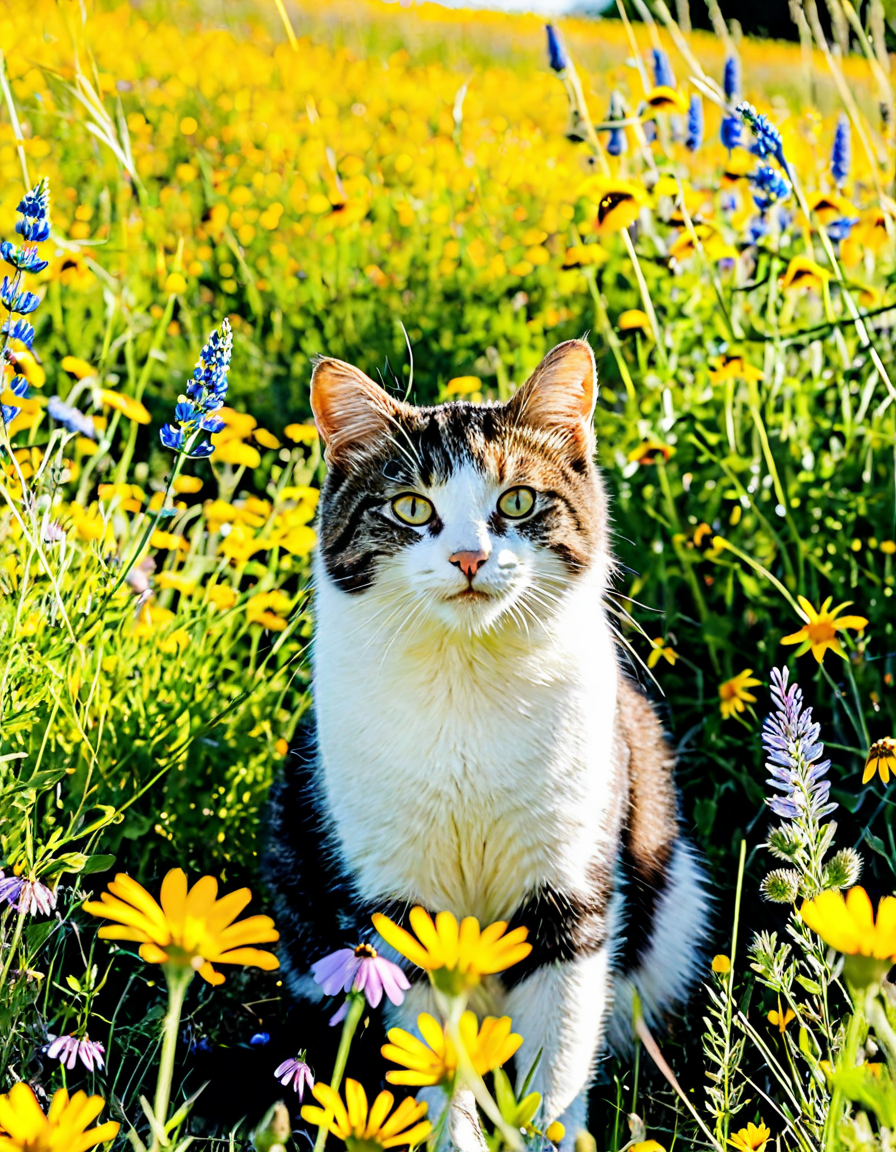Understanding what it means to define feral cat involves more than just a simple explanation. Feral cats are not your ordinary house pets. They are cats that have lived without much human interaction and have turned to a more wild and independent lifestyle. Unlike stray cats, who may have once had a home and seek out human contact, feral cats often recoil at the sight of people, relying on their instincts to navigate through life. They typically live in colonies and rely on each other for support. Let’s dig deeper into the world of feral cats and what it takes for us to coexist with them.

What is a Feral Cat? A Clear Definition
A feral cat can be defined as a domesticated cat that has adapted to life in the wild due to little to no human contact. These cats have become self-sufficient and rely on their survival skills to find food, shelter, and safety. This stark difference from domesticated cats sets the stage for understanding their behavior.
Stray cats, on the other hand, are often lost or abandoned pets that may retain some social traits. They might approach people for food or affection. Thus, in defining feral cats, consider their wary behavior and independence as key characteristics that distinguish them from their more sociable counterparts.

7 Key Characteristics That Define Feral Cats
Gaining insight into what defines feral cats requires a look at several of their distinctive traits. Here are seven essential characteristics to keep in mind:
Understanding Feral Cats: Their Role in Ecosystems and Human Communities
Feral cats hold an interesting spot in our ecosystems and communities. They can aid in controlling mouse populations, which many appreciate. However, unmanaged feral cat groups pose risks to local wildlife, especially birds. Research shows that feral cats contribute significantly to the decline of several bird species.
In many communities, this creates a tug-of-war between those who advocate for the feral cats’ rights and those who want to protect local wildlife. Striking a balance is essential. This means finding humane ways to manage feral cat populations while respecting their existence as part of our ecosystem.
Strategies for Responsible Management of Feral Cat Colonies
Managing feral cat populations requires a thoughtful approach. Here are some effective strategies:
Innovative Solutions and Future Considerations
Looking ahead, inventive solutions for managing feral cats are being explored. One such concept is the use of subcutaneous contraceptive implants. These can serve as an efficient alternative to traditional spaying and neutering, potentially reducing the need for trapping.
Additionally, technology is stepping in with remote monitoring systems, like camera traps, which help researchers study feral cat behavior. This data can unleash new insights into their social structures and hunting practices, guiding future management strategies.
The Role of Businesses in Feral Cat Welfare
Businesses can also step up to aid feral cat welfare. Local pet supply shops, such as Chewy, can work with shelters to provide food and resources for feral cat initiatives. Brands like PetSafe have crafted outdoor cat shelters specifically for feral cats, promoting healthier and safer living conditions.
Veterinary clinics have a part to play, too. By offering discounted spaying and neutering services, they can make it easier for communities to manage feral cat populations responsibly, thus supporting public health initiatives.
Understanding how to define feral cat is not just academic; it’s foundational for fostering better relationships between these fascinating animals and the communities they inhabit. A well-rounded approach addresses their distinct needs while recognizing their value in our ecosystems. With compassion and informed management strategies, we can create a world where both feral cats and local wildlife thrive.
Define Feral Cat: Fun Trivia and Interesting Facts
What is a Feral Cat?
When we talk about a feral cat, we’re diving into a fascinating topic that goes beyond just a stray kitty. Feral cats are those little furballs that have had little to no contact with humans. It’s almost like they’ve formed their own community, living wild and free, much like the band Gorillaz in their animated world, with a vibe that’s uniquely their own. Surprisingly, these cats can live in various environments—from rural areas to city streets, adapting to different scenes. While they may appear intimidating or aloof, feral cats often have intricate social structures that rival many pet owners’ homes!
There’s something curious about their behavior too. Many folks wonder about their diets and may even ask if dogs can have banana bread as a treat. While the answer is a solid no, feral cats have quite the palate themselves. They’re skilled hunters, often catching birds, rodents, and insects to survive. You might also be surprised to learn that despite their hunting prowess, they can sometimes face unexpected challenges, like seeking shelter in urban landscapes—akin to finding a cozy spot to avoid accidental nudity in public!
Feral Cat Myths and Realities
Now, if you’re thinking all feral cats are harsh and wild, you may want to reconsider. Many feral cats can be friendly, especially if they were socialized at a young age. That means they could be cuddly companions if brought into a loving environment, where their quirky personalities can truly shine. And, much like how one might playfully wonder if dogs can have apple sauce as a treat, it’s often the small, unexpected facts that make feral cats intriguing! They can exhibit loyalty and affection towards humans who provide food regularly, forming a bond similar to a pet’s unconditional love.
Here’s a fun little tidbit: research has shown that feral cats can actually contribute positively to local ecosystems by controlling rodent populations. It’s like having a bunch of little pest control agents roaming around, ready to protect your community without charging a dime! Just like Empire Visionworks offers clarity for your eyesight, feral cats bring balance to their environment. But, of course, needing management and care, some organizations, much like Haca, work tirelessly to provide welfare for these cats, ensuring they stay safe and healthy while living freely.
So, the next time you see a feral cat lounging in the sun or cruising through your neighborhood, remember there’s so much more to them than meets the eye. Just like the clever concept behind “reward early, punish late,” understanding their behavior can help you form a compassionate outlook. Plus, you might want to think twice before tossing out that leftover grape jelly—after all, feral cats have their preferences too!



